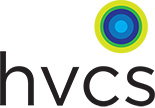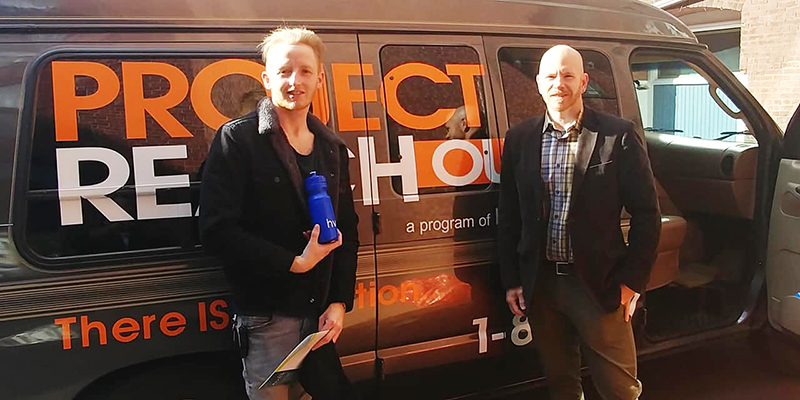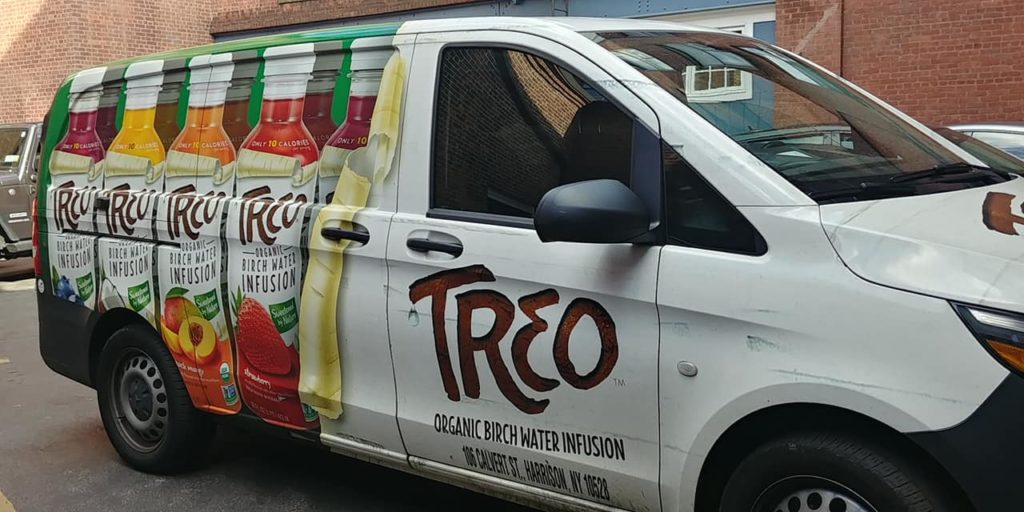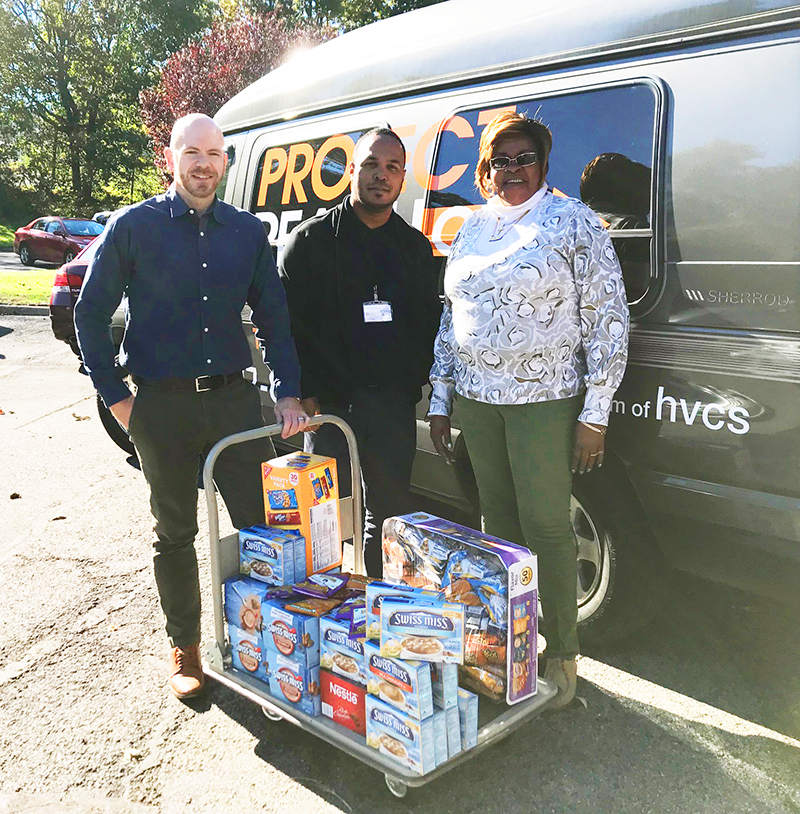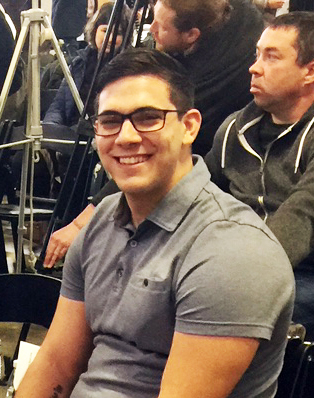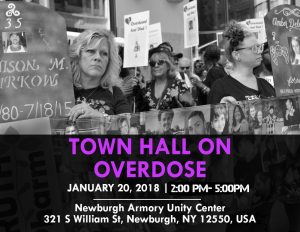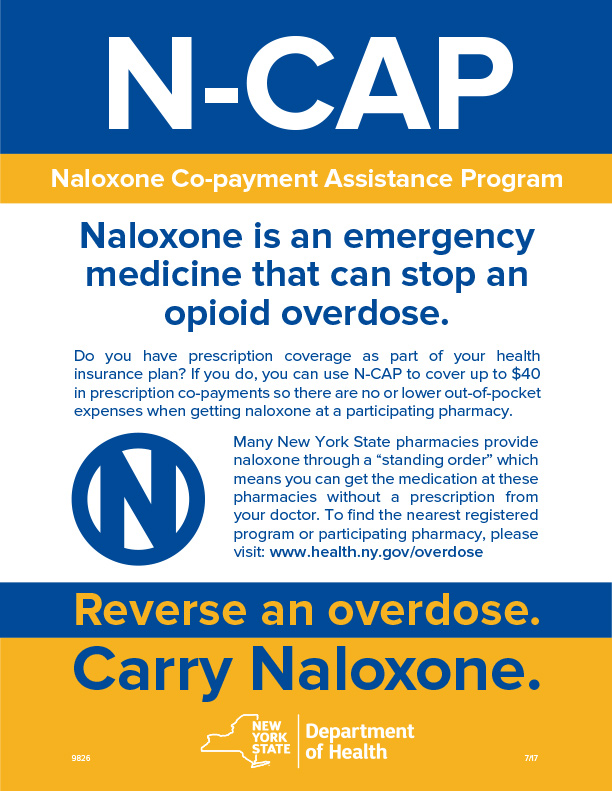From a press release issued by Gov. Cuomo on Monday, August 7, 2017
GOVERNOR CUOMO ANNOUNCES NO-COST OR LOWER-COST NALOXONE AVAILABLE AT PHARMACIES ACROSS NEW YORK
First-in-the-Nation Program Offers Co-Payment Assistance For Medicine to Reverse Opioid Overdoses Beginning August 9, 2017
Expands State’s Aggressive Efforts to Fight the Opioid Epidemic
Governor Andrew M. Cuomo today announced a first-in-the-nation program to provide no-cost or lower-cost naloxone at pharmacies across New York. Beginning August 9, 2017, individuals with prescription health insurance coverage, including Medicaid and Medicare, will receive up to $40 in co-payment assistance, resulting in reduced cost or no cost for this lifesaving medicine. Uninsured individuals and individuals without prescription coverage will still be able to receive naloxone at no cost through New York’s network of registered opioid overdose prevention programs.
“This first-in-the-nation program will help put this lifesaving treatment in more hands and is one more prong in this administration’s efforts to battle heroin and opioid abuse,” Governor Cuomo said. “This is one more step toward a stronger, healthier New York for all.”
Naloxone is a medicine used to reverse opioid overdoses. Reducing the cost of this lifesaving medication builds on Governor Cuomo’s previous action to make naloxone available in pharmacies without a prescription which began in January 2016. Previously, New Yorkers could only receive naloxone with a prescription or through a registered opioid overdose prevention program.
As of August 9, 2017, New Yorkers can find co-payment information at pharmacy counters across the state and at: www.health.ny.gov/overdose. Individuals should provide this information to the pharmacist when asking for naloxone in order to receive it with no or lower out-of-pocket expense. The Naloxone Co-payment Assistance Program is funded by New York State’s Opioid Overdose Prevention Program.
Additionally, through New York’s network of registered opioid overdose prevention programs, uninsured individuals and individuals without prescription coverage will be able to receive naloxone at no cost. A full list of these programs is available here.
In the 2017 State Budget, Governor Cuomo invested over $200 million to fight the heroin and opioid epidemic. This unprecedented support is directed at prevention, treatment and recovery programs that address chemical dependency, expand residential service opportunities and promote public awareness and education.
Naloxone Saves Lives
Naloxone is a prescription medication used to reverse the effects of overdoses caused by heroin, prescription pain medication and other opioids. In 2014, state agencies began working together to develop a statewide program to train law enforcement personnel on how to administer naloxone. Since the trainings began, over 10,000 officers have been trained to administer the drug and 3,091 officers have been certified to train other officers.
Trained law enforcement officers across New York are saving lives with the naloxone they carry. Since April of 2014, 2,036 officers have administered naloxone to over 3,100 individuals, saving the lives of nearly 90 percent of the individuals that required assistance.
View a fact sheet on law enforcement naloxone training and usage, here.
New York State Department of Health Commissioner Dr. Howard Zucker said, “Naloxone is very effective at reversing opioid overdoses. Under Governor Cuomo’s leadership, New York State has taken comprehensive actions to stem the tide of opioid abuse, from increasing the number of treatment beds to making important health insurance reforms to eliminate barriers to accessing substance use services. The new copayment assistance program will make naloxone more available in communities across New York and save lives.”
New York State Office of Alcoholism and Substance Abuse Services Commissioner Arlene González-Sánchez said, “By guaranteeing affordable Naloxone to all New Yorkers, we will save thousands of lives and help repair the damage done to our communities by the opioid epidemic. Saving lives is the ultimate goal of all of our prevention, treatment, and recovery initiatives, and with this latest effort, Governor Cuomo is once again establishing New York State as a national leader in the field of addiction care.”
Chair of the Senate Committee on Alcoholism and Drug Abuse George Amedore said, “By increasing access to this effective remedy for drug overdoses, we are taking yet another step forward in combatting the heroin and opioid epidemic. I commend the Governor for removing barriers to help establish a stronger, healthier New York for generations.”
Chair of the Assembly Committee on Alcoholism and Drug Abuse Linda B. Rosenthal said, “New York’s communities are hard-struck by the heroin and opioid epidemic, and we must turn the tide by preventing more overdose deaths. Governor Cuomo’s plan to expand access to lifesaving naloxone through a new low-cost or no-cost co-payment system will help those struggling with this disease. By increasing access to Naloxone and cutting costs related to this lifesaving medication, New Yorkers in every corner of the state will be better equipped to save lives and help people receive the treatment they need. I look forward to working closely with the Administration to continue expanding access to overdose prevention and greater treatment options.”
Chair of the Senate Health Committee Kemp Hannon said, “The health and well-being of residents is our top priority. I look forward to working with the Governor to bring this treatment to our most vulnerable men and women, so that communities will be empowered to save the lives of thousands.”
Harm Reduction Coalition Medical Director Dr. Sharon Stancliff said, “This program will dramatically increase access to naloxone for people we haven’t easily reached. These include patients being treated for pain, loved ones of people returning from drug treatment or incarceration and people at risk in rural areas. This is a crisis and New York’s copayment assistance program adds to the solution.”
###
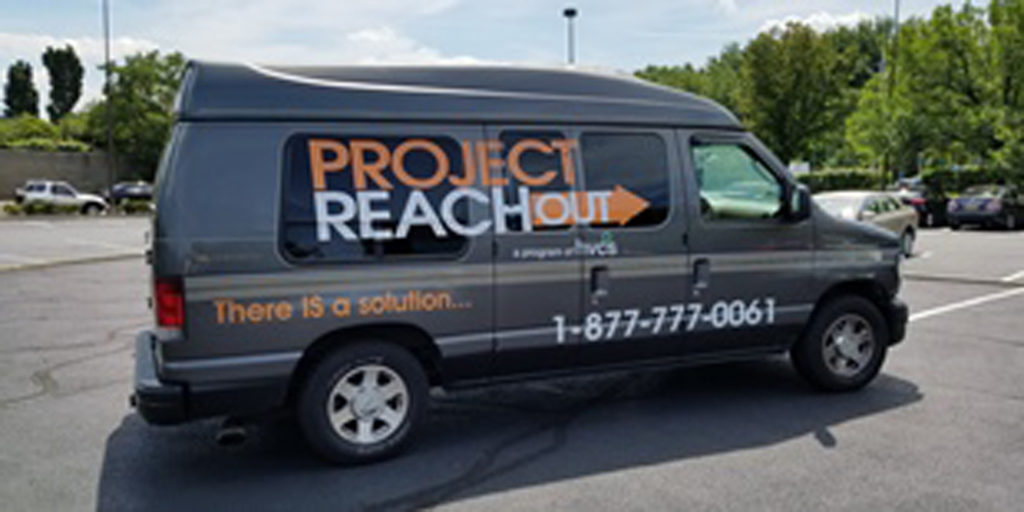 As of February 1, 2019, our Project Reach Out mobile harm reduction units will also be offering free screenings for chlamydia and gonorrhea. The PRO staff, who travel in vans to areas of high need throughout the Hudson Valley, work primarily with people who are homeless or in unstable housing, and help them access the services they need to reduce the harm of drug use and their risk for HIV, Hepatitis C and STDs.
As of February 1, 2019, our Project Reach Out mobile harm reduction units will also be offering free screenings for chlamydia and gonorrhea. The PRO staff, who travel in vans to areas of high need throughout the Hudson Valley, work primarily with people who are homeless or in unstable housing, and help them access the services they need to reduce the harm of drug use and their risk for HIV, Hepatitis C and STDs.